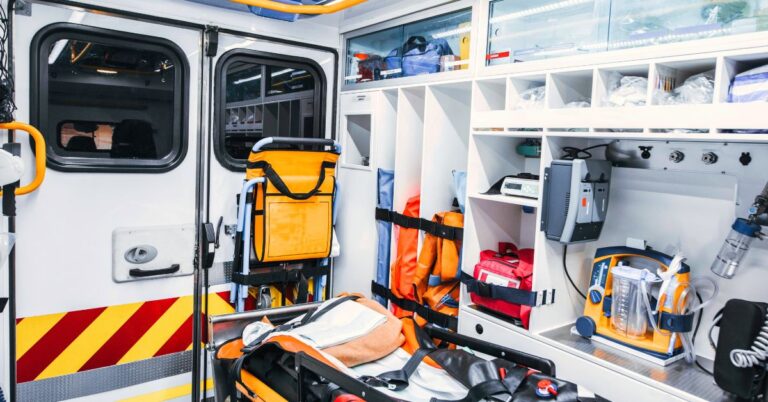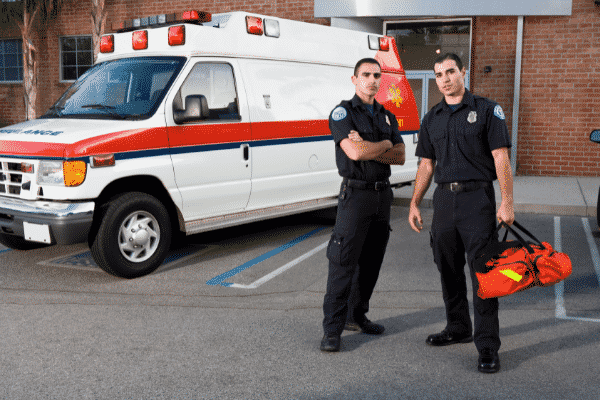
What are Emergency Medical Services?
When most people think of Emergency Medical Services, more commonly known as EMS, they generally think of emergency vehicles responding to an accident or emergency situation. As the name implies, the whole purpose of EMS care is to provide emergency medical care to patients in need.
But EMS is much more than emergency vehicles with flashing lights providing care and a quick ride to the hospital. In fact, EMS is a system of coordinated response and medical care that involves multiple people, agencies, and equipment. Because emergencies happen all the time, it is imperative that this complex system is ready for every possible emergency. Which is why EMS equipment repair is so vital.
EMS units typically work out of ambulances, fire departments, and hospitals. Emergency Medical Technicians are generally the most common EMS providers. There are different levels of EMS training—EMR (Emergency Medical Responder), EMT (Emergency Medical Technician), AEMT (Advanced Emergency Medical Technician), and Paramedic. For an EMR, which is the most elementary level, training prepares the practitioner to perform important life-saving functions. These functions include bandaging wounds, treating burns, performing CPR, stabilizing spine and neck fractures, and broken bones. In order to become an EMR, candidates are required to complete training in basic life support (BLS).
EMTs provide transportation and medical care for critical patients who access the emergency response system. They are trained with the basic knowledge necessary to stabilize and transport a patient to a hospital for further care. They are able to use limited, basic equipment for medical interventions. AEMTs are able to perform the interventions of EMRs and EMTs, plus those that requiring basic and advanced equipment found on an ambulance.
To be a Paramedic, individuals must have completed Advanced Life Support (ALS) training. Paramedic schooling is long and rigorous, generally taking two years to complete, depending on the state’s requirements. Within a paramedic’s scope of practice, they are able to perform life-saving functions such as tracheal intubation and I.V. support, in addition to all BLS functions.
In addition to the typical ambulance, there are also EMS crews that operate out of helicopters. These crews are usually staffed with EMT’s, doctors, and nurses. Airborne EMS operations are either run by hospitals or government entities at the federal, state, and local levels. These crews typically respond to car accidents involving serious injuries, wilderness rescues, airplane crashes, and other serious situations where airborne transportation can mean the difference between life and death for those involved.
EMS services can also be called upon in non-emergency situations, where transportation of a patient is required. These patients typically require critical care during transportation from one medical facility to another. It is during these types of transfers that a trained EMS professional, doctor, or nurse will observe and administer medical care using IV pump infusion maintenance, ventilator management, aortic balloon pump monitoring, cardio monitoring, and other critical functions.
EMS services play a vital role in helping to deliver vital medical needs in emergency situations. Therefore, it is important that EMS equipment repair and inspections be completed regularly to ensure that all equipment is in full working order when called upon to save a life.





